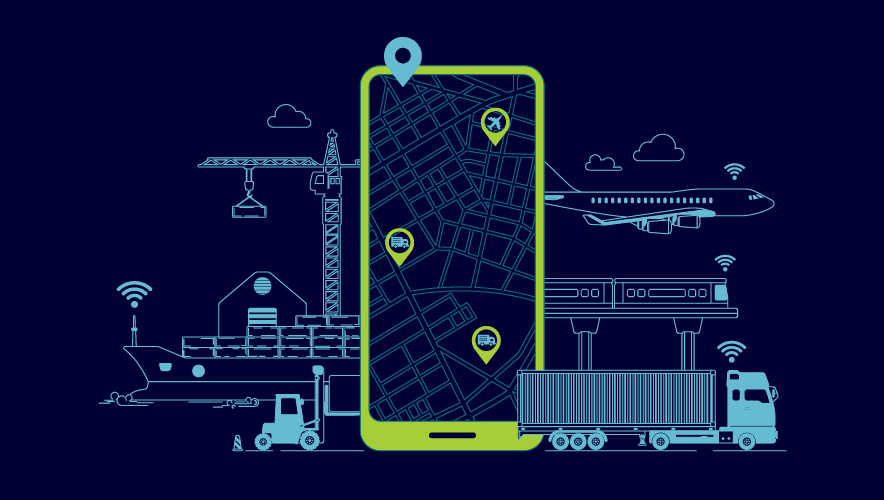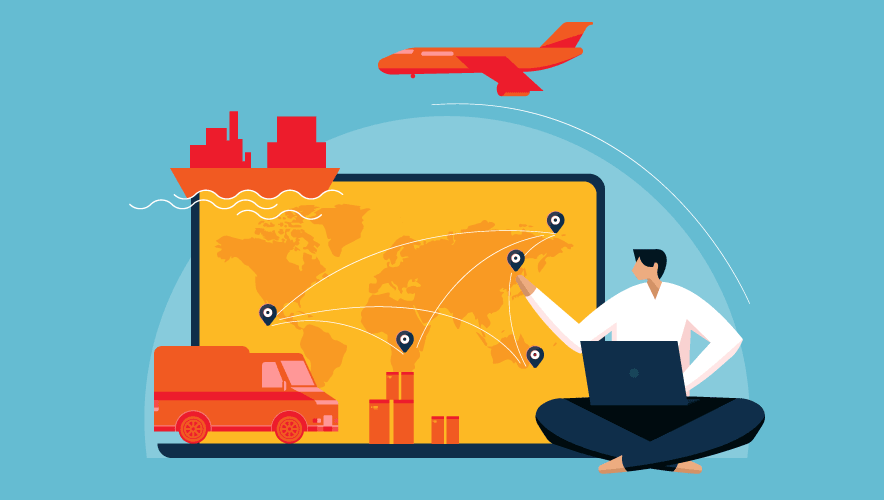The ‘New Normal’ of Risk Goes Back to Basics
What’s old is new again. Or at least that’s the sentiment in an annual global survey where basic risks took the highest positions in the index that showed nations are taking an increasingly isolationist approach to address local risks with international consequences.
“Our global ‘new normal’ is a return to basics—food, energy, security—problems our globalized world was thought to be on a trajectory to solve,” according to The World Economic Forum’s Global Risks Report 2023. “These risks are being amplified by the persistent health and economic overhang of a global pandemic; a war in Europe and sanctions that impact a globally integrated economy; and an escalating technological arms race underpinned by industrial competition and enhanced state intervention.”
Published mid-January 2022, the report revealed 1,200 respondents ranked energy supply crisis, cost-of-living crisis, rising inflation, food supply crisis, and cyberattacks on critical infrastructure as the top risks with the greatest potential impact on a global scale.
“The world’s collective focus is being channeled into the ‘survival’ of today’s crises: cost of living, social and political polarization, food and energy supplies, tepid growth and geopolitical confrontation, among others,” said Saadi Zahidi, managing director of the World Economic Forum, in a statement. “Yet much-needed attention and resources are being diverted from newly emerging or rapidly accelerating risks to natural ecosystems, human health, security, digital rights, and economic stability that could become crises and catastrophes in the next decade.
“A low-growth, low-investment, and low-cooperation era further undermines resilience and the ability to manage future shocks. In recognition of growing complexity and uncertainty, the report also explores connections between these risks,” Zahidi continued. “The analysis focuses on a potential ‘polycrisis,’ relating to shortages in natural resources such as food, water, and metals and minerals, illustrating the associated socioeconomic and environmental fall-out through a set of potential futures.”
Future Ramifications
The report described four possible futures where food, water, metal, and mineral shortages could spark humanitarian and ecological crisis—“from water wars and famines to continued overexploitation of ecological resources and a slowdown in climate mitigation and adaptation.”
“In the 2030 time frame, two critical factors will determine the trajectory of our ability to match supply and demand for these resources as well as the scale of the associated polycrisis: 1) the degree of global cooperation that allows the flow of resources across national borders, and 2) the impact of climate change on the supply of natural resources and speed of the low-carbon transition,” according to the report.
Combined, these factors could lead to four potential scenarios:
1. Resource Collaboration—The Danger of Natural Scarcity
In this scenario, the world adopts effective climate change measures and makes supply chains more flexible to address impacts of a warming planet on the food production process. The world, however, experiences shortages in metals, minerals, and water, creating health and humanitarian crises in developing parts of the globe.
2. Resource Constraints—The Danger of Divergent Distress
Similar to the Resource Collaboration scenario, this scenario slows the effects of climate change, but water and mineral shortages exacerbate broader risks. Developing markets begin to experience multi-resource, humanitarian crises when food and water resources are impacted by climate change and global disruptions to economic growth, political stability, and trade.
“In this future, even international coordination cannot address triple-shortages in food, water, and energy in the most vulnerable nations, with extended climate-induced distress and disruptions to trade, and political and economic stability,” the report explained.
3. Resource Competition—The Danger of Resource Autarkies
High-income countries push to become self-sufficient due to distrust—limiting rivalries over water and food but creating greater divides with other countries. These measures result in shortages, price wars, and transformation of business models that depend on critical metals and minerals. “Resource power shifts, driving the formation of new blocs as well as wedges in existing alliances between mineral-rich and -poor countries, while the potential for accidental or intentional conflict escalates,” the report explains.
4. Resource Control—The Danger of Resource Wars
As a result of resource competition, geopolitical dynamics result in climate-induced shortages of water and food—spurring a global, multi-resource crisis with widespread effects. This also causes geoeconomic warfare, as well as “aggressive clashes” between countries to secure supplies of basic necessities.
Prevention Efforts
To ward off these possible futures, the report recommends four preparedness principles that world leaders and security practitioners should take.
1. Improving Risk Identification and Foresight
The report authors found that enhancing risk identification and foresight may enable strategic decision-making, agenda-setting, and resilience measures, which could help “prioritize areas that would benefit from data collection and monitoring, risk controls and resources, and redundancies.”
2. Recalibrating the Present Value of “Future” Risks
Human nature and cognitive bias means people tend to focus on “catastrophic” events or risks with “direct, immediate, and localized impact,” according to the report. This helps people manage crises, but it diverts attention away from global risks that could be at the root cause of the local disaster.
“To break the cycle, business leaders and policymakers need to embrace complexity and adopt a dual vision that more effectively balances current crisis management with a longer-term lens,” the report explained.
3. Investing in Multi-Domain Risk Preparedness
With global risks becoming more interconnected, local and national governments, business, and civil society will all need to share responsibility for addressing them. This can be done through investment in public-private partnerships and innovative collaborations to help minimize exposure to potential impacts from global risks.
4. Strengthening Preparedness and Response Cooperation
Recent crises have caused many nations to focus on addressing internal risks, limiting their willingness to cooperate internationally to address global risks. “Re-invigorating multilateral processes and organizations is critical to the future of preparing for and managing global risks,” according to the report, including data exchanges and collaborative monitoring processes for global risks.
“In a complex risks outlook, there must be a better balance between national preparedness and global cooperation,” the report explained. “We need to act together, to shape a pathway out of cascading crises and build collective preparedness to the next global shock, whatever form it may take. Leaders must embrace complexity and act on a balanced version to create a stronger, prosperous shared future.”
For more on crisis management, read Security Management’s January content series on leading through crisis and change.
Megan Gates is editor-in-chief of Security Technology. Connect with her at [email protected] or on LinkedIn. Follow her on Twitter (@mgngates) or on Mastodon (https://journa.host/@mgngates).












